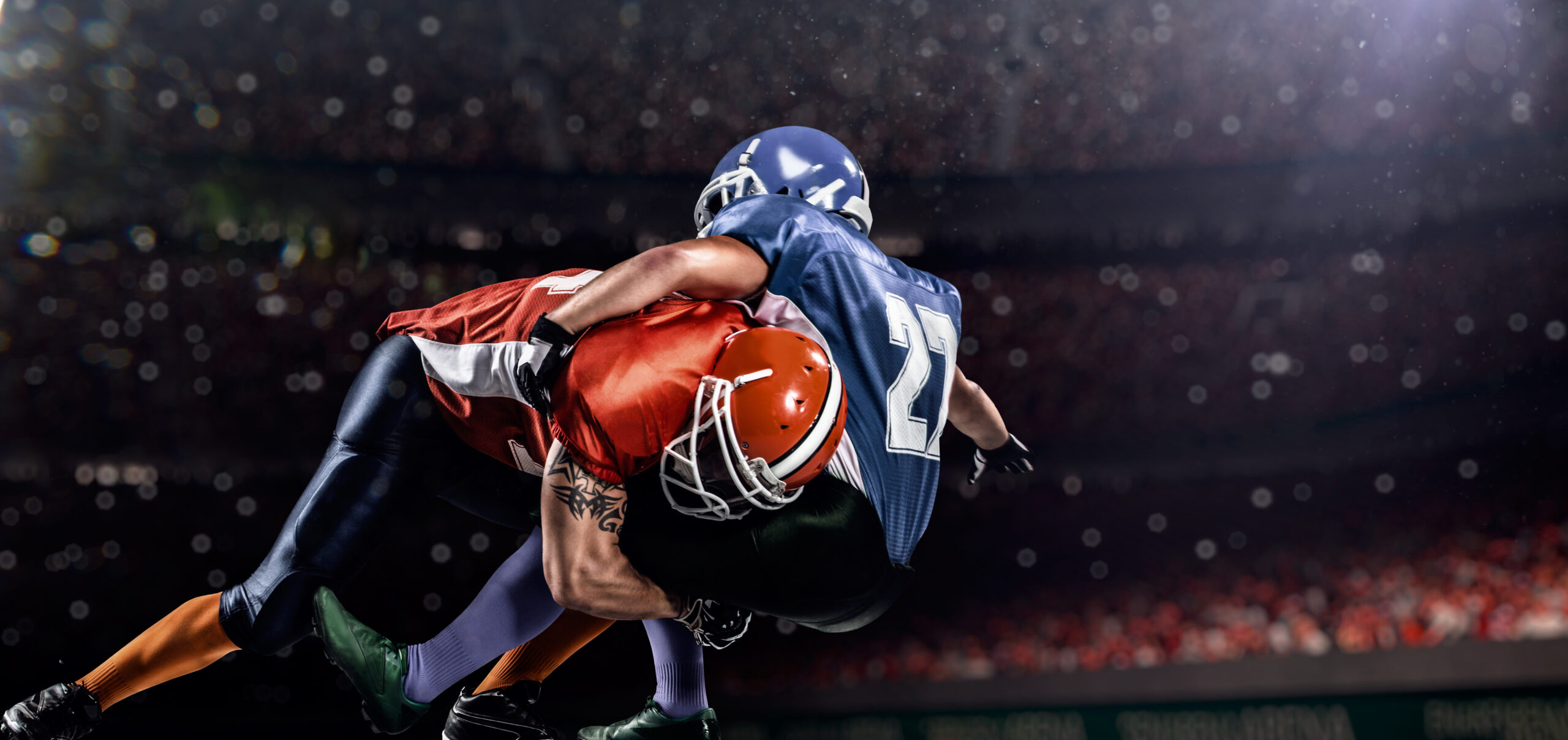Parkinson’s disease is a neurological disorder characterized by symptoms such as shaking, stiffness, slowed movements, and balance problems. While the exact causes of Parkinson’s disease remain unknown, it’s currently believed that a combination of genetic predisposition and environmental factors might play a role.
Experiencing Tremor as a Symptom of Parkinson’s Disease
Image Source: Elizabeth Fernandez
Historically, Parkinson’s disease has primarily been linked with boxing, as legendary boxer Muhammad Ali was widely reported to have battled Parkinson’s disease in his later years. However, a recent study led by Michael Alosco, an associate professor of neurology at Boston University’s Chobanian & Avedisian School of Medicine, has extended this association to football.
The study examined 1,875 athletes, including 729 men who had participated in football, predominantly at the amateur level, and 1,146 men engaged in various other sports. The results were striking, with men who had a history of organized tackle football found to be 61% more likely to be diagnosed with either parkinsonism or Parkinson’s disease, even after controlling for known risk factors.
The study also revealed that the risk of developing parkinsonism or Parkinson’s disease increased with the duration of football play. Those who had played football for more extended periods faced higher odds of being diagnosed. On average, football players in the study were approximately 68 years old and had played for more than four seasons, typically during their youth or high school years. Remarkably, 89% of football players in the study had received a diagnosis of parkinsonism or Parkinson’s disease.
However, it’s essential to emphasize that these findings do not suggest that all football players will inevitably develop Parkinson’s disease. “We are not suggesting that all football players will develop Parkinson’s disease,” clarified Alosco. “These conditions arise due to a combination of various risk factors.”
These findings have significant implications for both current and former football players, as well as for the broader public. It underscores the importance of acknowledging the risks associated with contact sports, even at the amateur level. The study indicates that not only professional athletes but also non-professional players may be at heightened risk for Parkinson’s disease, highlighting the need for proactive monitoring and potential early intervention.
In light of these findings, Alosco and his team underscore the importance of prevention strategies. “Reducing risk involves delaying the onset of tackle football and minimizing head impacts during practice,” Alosco advised.
As researchers delve deeper into the complex relationship between football, head injuries, and neurodegenerative disorders, the study serves as a starting point for further investigation. Future studies will aim to uncover the mechanisms behind this association, potentially leading to improved prevention strategies and the development of targeted interventions. Michael Alosco and his colleagues plan to continue their research and to educate the public about these potential risks, emphasizing the importance of delaying tackle football initiation and minimizing head impacts during practice.
Featured Image Source: 103tnn










